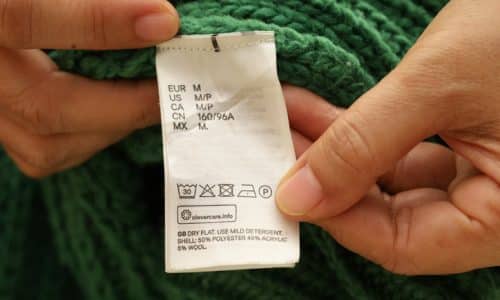The way we communicate is fundamental to our human development and experience. We communicate via body language, facial expressions, hand gestures, but predominantly through voice. When the ability to speak is not an option for children – due to a developmental delay, illness, injury, or struggle with controlling their vocal cords or facial muscles – adults may sometimes forget that there are other ways to communicate. At Imagine Pediatric Therapy, thanks to developing studies and technology, there are more options than ever to help children and adults to communicate without using their voice: Augmentive Alternative Communication (AAC).
AAC is a “communication system for individuals that can add or replace speech.” Whether your child wants a tool to enhance their communication or needs a system to rely on, your child may benefit from using tools AAC provides.
What is AAC?
Using AAC, people can communicate with each other; sending and receiving information, expressing thoughts and feelings, learning and teaching, and building relationships. All this is necessary for individual growth and growth as a society as a whole.
AAC provides individuals who cannot use their voice to communicate through other options. Types of tools used for AAC are:
- American sign language (ASL)
- Picture core boards – Boards with pictures that allow the user to point to words to have conversations
- Picture Exchange Communication System (PECS) – A system that allows the user to initiate conversation with the use of pictures
- Speech-generated devices – devices which have synthetic or recorded voice output, such as an iPod or iPad
Imagine Pediatric Therapy can help you understand the pros and cons of each option, and help select the best option for your child’s unique needs. Working with our professionals, together we will assess your child’s abilities and preferences for communication.
Does my child need a Speech Language Pathologist?
Your child’s speech language pathologist’s (SLP) job is to “assess, diagnose, and treat speech, language, social communication, cognitive-communication, and swallowing disorders.” Your Imagine Pediatrics SLP works with your child’s occupational and physical therapists to determine the best AAC tool to fit your child’s abilities and best fulfill their needs. Your SLP will also help you understand available options and navigate health insurance.
How old should my child be for AAC?
There is no minimum or maximum age when a child can benefit from AAC. Even children younger than three years of age can benefit from these alternative forms of communication. Research has shown that using AAC can assist with language development in reading, writing, and language. This research serves as a comfort to parents who have concerns that using these tools will inhibit progress or development, but it couldn’t be farther than the truth.
Whatever your child’s age, start by scheduling an appointment with Imagine Pediatrics Therapy to ask for an AAC evaluation and trial. Your therapists are here to answer questions, give you full information and help you and your child enhance positive and powerful communication.



